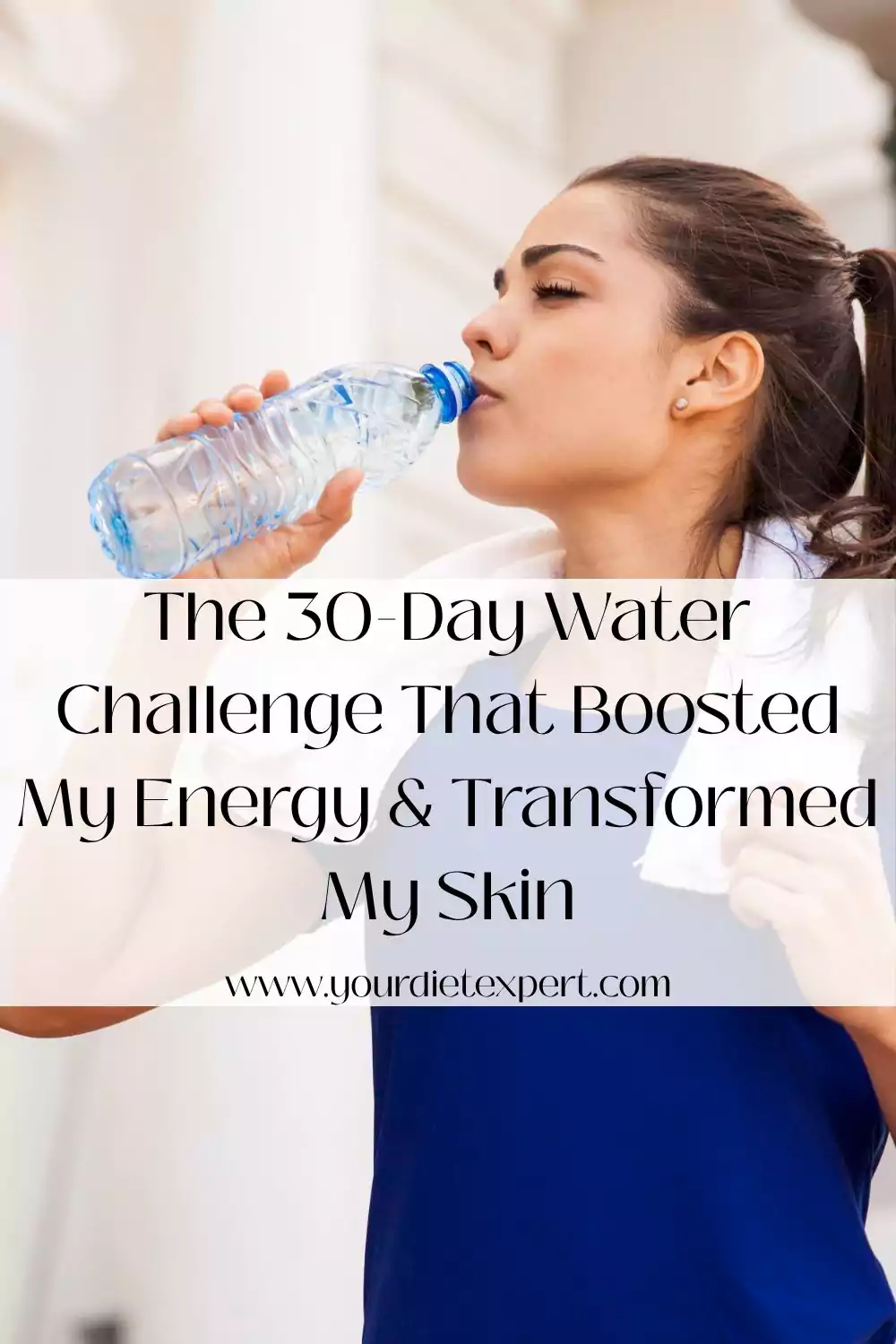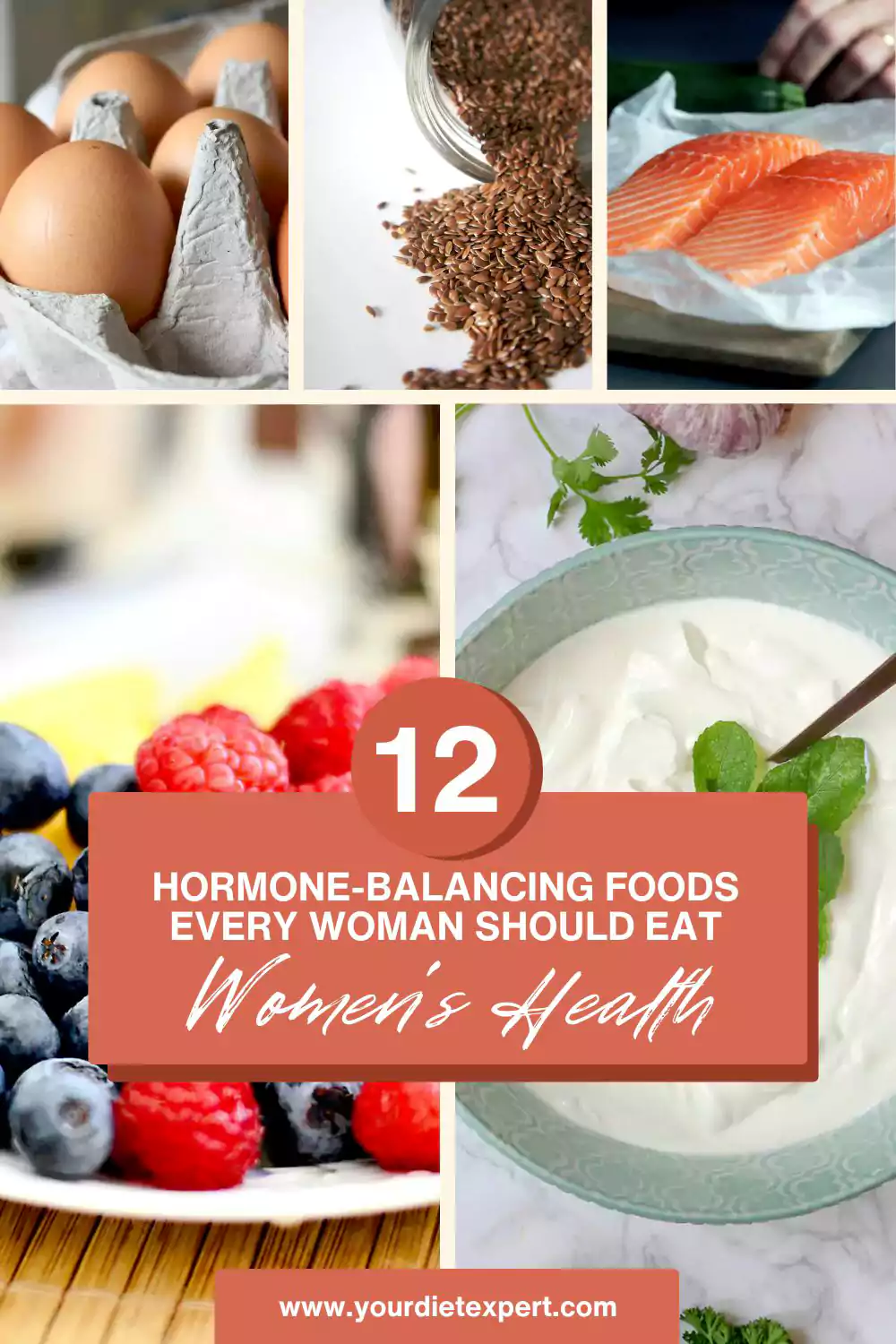Hydration — it sounds so basic, doesn’t it? But this simple act of drinking enough water every day turned out to be one of the most powerful wellness experiments I’ve ever tried.
When I started the 30-Day Water Challenge, I wasn’t looking for a miracle. I just wanted to feel less tired, stop my skin from feeling dull, and maybe reduce the constant sugar cravings that crept in every afternoon. What I didn’t expect was that consistent hydration would change my energy, digestion, mood, and even my skin texture — in just one month.
This post walks you through exactly what happened, how to do your own water challenge safely, the science behind it, and practical tips for busy women who want real, sustainable results — not another internet fad.
(Disclaimer: This article is based on personal experience and research. Always consult your healthcare provider if you have kidney issues, heart conditions, or are pregnant or breastfeeding before drastically increasing water intake.)

Why I Started the 30-Day Water Challenge
Like most women, I thought I was drinking “enough” water — a few glasses here and there, coffee in the morning, tea in the evening, and maybe a bottle during workouts. But when I tracked my intake for a week, I realized I was barely reaching 1 liter (around 4 cups) most days.
I was dealing with:
- Constant fatigue by mid-afternoon
- Dry lips and flaky skin
- Cravings for sweets after meals
- Occasional headaches
- Poor concentration
It dawned on me that dehydration wasn’t just about thirst — it was silently affecting my mood, metabolism, and skin health. So, I set a simple goal: drink enough water for 30 days, every single day, and track the difference.
Setting Up the Challenge
Goal: Drink at least 2.5 to 3 liters (about 8–10 cups) of water daily for 30 days.
Step 1: Calculate your ideal intake
A general rule of thumb is 35–40 ml of water per kilogram of body weight.
Example: A 60 kg woman × 35 ml = 2.1 liters/day.
If you’re active, pregnant, or live in a hot climate, you may need more.
Step 2: Create a hydration plan
I broke my water into smaller targets to make it manageable:
- Morning (7–10 AM): 2 glasses (400–500 ml) right after waking up
- Midday (12–2 PM): 2 glasses with/after lunch
- Afternoon (3–6 PM): 2–3 glasses (this helped with energy dips)
- Evening (7–9 PM): 1 glass (but not too close to bedtime)
Step 3: Make it visible
I kept a 1-liter reusable bottle at my desk and one in the kitchen. Seeing it constantly reminded me to sip. I also used a simple water-tracking app for motivation.
Week-by-Week Breakdown — What Changed
Week 1: The Reset Phase (Detox & Adjustment)
I’ll be honest — the first week wasn’t glamorous. I felt bloated, went to the bathroom constantly, and questioned why I started. But my headaches eased, and my lips stopped cracking.
Noticed:
- Slightly clearer urine (a good sign)
- Better digestion (less bloating after meals)
- No more dry mouth upon waking
Tip: Add lemon slices or cucumber for gentle flavor and detox support.

Week 2: Energy Boost & Skin Hydration Begins
This was when I started feeling the difference. I woke up with more natural energy and fewer caffeine cravings. My skin, especially around my cheeks, felt softer and looked more even-toned.
Science says: Proper hydration helps flush toxins through the kidneys and liver, supports blood circulation, and improves nutrient transport to skin cells.
Noticed:
- Brighter complexion
- More stable mood throughout the day
- Reduced cravings and afternoon fatigue
Week 3: Metabolism, Focus & Clearer Skin
By week 3, something unexpected happened — my focus improved drastically. I was less foggy, my workouts felt smoother, and my digestion was regular.
Why: Hydration is key for cellular metabolism — every energy-producing process in your body depends on water. Even mild dehydration can reduce performance and concentration by up to 20%.
Noticed:
- Smooth, glowing skin (friends started asking what skincare I was using!)
- More consistent energy
- Fewer sugar cravings
- Noticeable decrease in bloating
Week 4: Lasting Results — Skin, Mood & Confidence
By the end of the 30 days, I genuinely looked and felt different. My skin had that dewy, natural glow I used to fake with highlighter. My digestion was regular, my energy was steady, and I actually craved water.
Final results:
✅ Softer, plumper skin
✅ Noticeable under-eye brightness
✅ Improved energy and mental clarity
✅ Reduced bloating
✅ Better sleep quality
✅ Natural craving control
The Science Behind It — Why Water Works Wonders
Water plays a role in almost every system in the female body:
- Skin Health: Hydration improves skin elasticity, reduces transepidermal water loss, and enhances collagen structure.
- Metabolism: Dehydration slows calorie burning and increases fatigue.
- Hormonal Balance: Adequate water helps your liver and kidneys metabolize hormones like estrogen effectively.
- Digestion: It supports stomach acid production, bowel regularity, and detoxification.
- Brain Function: Even a 2% drop in hydration impairs concentration and mood.
For women dealing with PMS, perimenopause, or chronic fatigue, stable hydration helps reduce bloating and mood swings, while supporting hormone balance naturally.

Hydration Myths (Debunked)
Myth 1: You must drink 8 glasses exactly.
Your needs depend on weight, activity, and environment — not a fixed number.
Myth 2: Coffee and tea don’t count.
They actually do contribute to hydration if consumed in moderation, though water is still best.
Myth 3: Drinking too much water is harmless.
Overhydration can dilute electrolytes — always listen to thirst and avoid overdrinking rapidly.
Practical Tips for Staying Consistent
- Start your day with water. Before coffee, hydrate first thing.
- Flavor naturally. Add mint, cucumber, lemon, or berries for taste.
- Use a marked bottle. Helps visualize progress throughout the day.
- Set phone reminders. Or use a hydration tracker app.
- Eat water-rich foods. Include cucumbers, oranges, watermelon, lettuce, and celery.
- Sip during meals. Helps digestion but avoid chugging large amounts while eating.
- Match intake to your day. Exercise or hot weather = more water needed.
How to Make It a Lifelong Habit
When the challenge ended, I didn’t stop. Here’s how to make hydration second nature:
- Pair it with habits. Drink a glass before brushing your teeth or checking your phone.
- Invest in a pretty bottle. Something you love carrying boosts consistency.
- Track progress weekly. Even a quick journal note helps you stay accountable.
- Keep water visible. Out of sight = out of mind.
FAQs
Q: Can water really improve my skin?
A: Yes. Consistent hydration improves circulation, elasticity, and the skin barrier — reducing dryness and dullness over time.
Q: What’s the best time to drink water?
A: Start first thing in the morning, sip throughout the day, and stop 30–60 minutes before bed to avoid sleep disruption.
Q: Can I drink too much water?
A: Yes. Spread intake evenly, and avoid consuming more than 1 liter per hour.
Q: Does sparkling water count?
A: Yes — but avoid sweetened or artificially flavored versions.
Final Thoughts
The 30-Day Water Challenge isn’t just about water — it’s about self-care, mindfulness, and consistency. It’s a reminder that the smallest, simplest changes often create the biggest transformations.
I started with dull skin and low energy. I ended with renewed focus, glowing skin, and a habit I’ll never give up.
So fill that bottle, take a sip, and start your own challenge today. Thirty days from now, you might just look — and feel — like a new version of yourself.




Leave a Reply